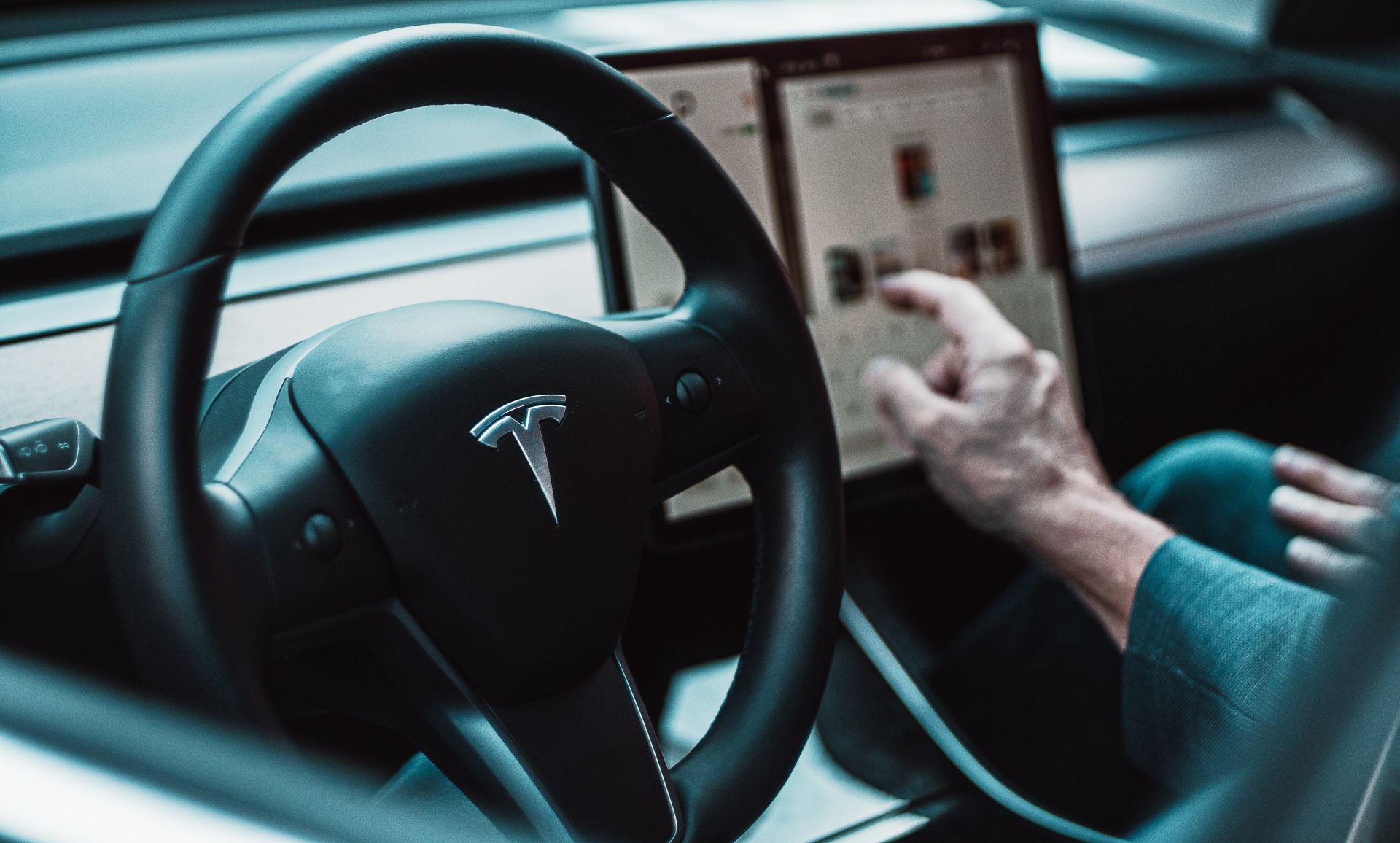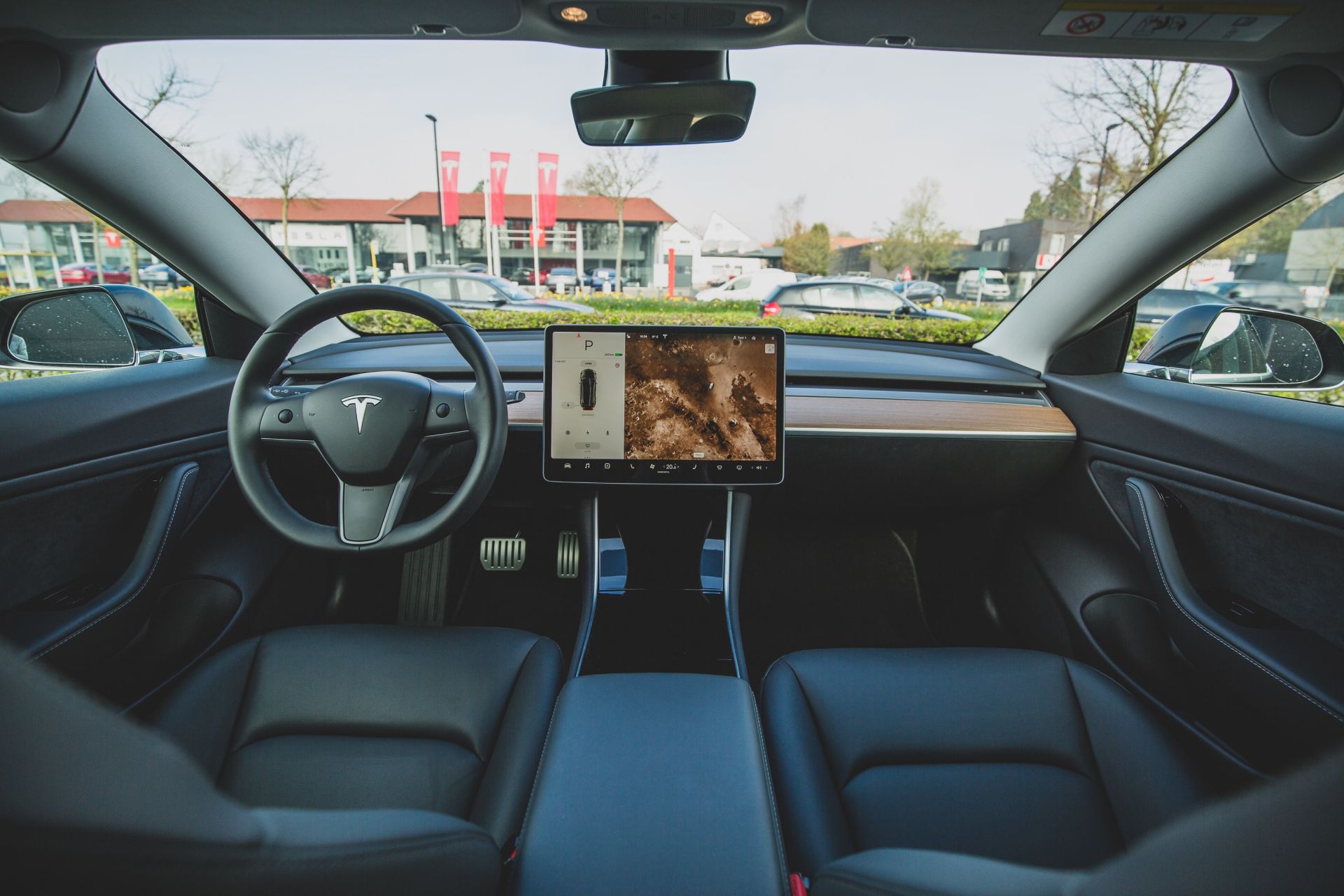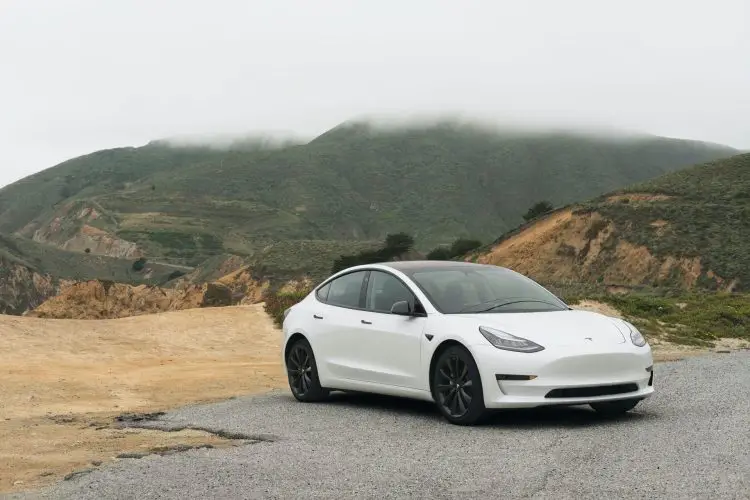If you have heard about the latest Tesla recall, which covers two million cars the company has produced in the United States, and didn’t believe it, you better do. Musk’s car brand is actually on the path to recalling many of its cars because of an issue.
Tesla is recalling almost all the cars they sold in the U.S.—that’s more than 2 million cars. Why? They want to make the software better and fix a problem with how the system checks if drivers are paying attention when using Autopilot.
The U.S. safety folks, called the National Highway Traffic Safety Administration (NHTSA), checked things out for two years. They found issues with how Autopilot makes sure drivers are paying attention. Sometimes, it didn’t work well, and there were even crashes, some of them really bad, which caused the latest Tesla recall.
To fix this, Tesla is doing a software update. This means they’re making the warnings to drivers better and limiting where the basic Autopilot can be used. The goal is to encourage drivers to be more careful while using Autopilot.

What’s in the Tesla recall?
According to AP News, Tesla is recalling a bunch of models—Y, S, 3, and X—from October 5, 2012, to December 7, 2023. They started sending the update to some cars on Tuesday and will get to the rest later. When the news came out, Tesla‘s stock went down a bit but went back up later in the day. It shows how the market reacts to news like this. While this recall is good for safety, some experts say it still puts too much responsibility on the drivers. The main problem is that Tesla’s automated systems struggle to see and avoid things in their way.
The NHTSA’s investigation into a series of crashes, some fatal, during Autopilot use, uncovered deficiencies in the system’s driver attention verification. The agency concluded that the current method might lead to “foreseeable misuse of the system.” To address this, Tesla’s software update will implement heightened warnings and alerts for drivers, coupled with restrictions on where the basic Autopilot functions can operate.
While the Tesla recall represents a positive step, safety experts emphasize that it places responsibility squarely on the driver without addressing the core issue of Tesla’s automated systems struggling to detect and avoid obstacles. Despite this, the move has been met with a measure of optimism, with experts acknowledging the incremental improvement in driver safety.

Tesla recall details and impact on Tesla’s market
The recall encompasses Tesla models Y, S, 3, and X produced between October 5, 2012, and December 7, 2023. The software update, designed to enhance safety features, started rolling out on Tuesday. Investors initially responded with caution, causing Tesla’s stock to dip over 3%. However, the market rebounded later in the day, reflecting resilience in the face of regulatory challenges.
In the eyes of safety advocates, the recall underscores the necessity for robust regulation of driver monitoring systems, advocating for additional features like cameras to ensure continuous driver attention. The recall documents specify that engaging Autosteer under inappropriate conditions will trigger visual and audible alerts, emphasizing a commitment to reinforcing responsible driving behavior.





